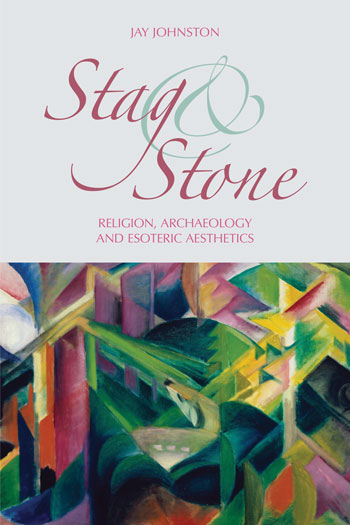Stag and Stone

ID: 2166 - View Book Page - Edit In OJS
Stag and Stone is a timely and innovative evaluation of the interdisciplinary dialogue between religious studies and archaeology. Investigating the core concepts of materiality, perception, ritual and agency, this volume redefines conceptual categories and argues for the need of ‘critical bewilderment’ as a unique scholarly practice.
This study brings together recent developments in religious aesthetics, theoretical archaeology and cultural studies. Taking as its focus ‘troublesome’ objects and places—those deemed ambiguous in purpose and meaning—the case studies presented here contribute new knowledge to a range of areas, including the ontology of matter, agency of images, animal–human studies, and early medieval norse and insular material culture.
Stag and Stone offers useful insights to upper level undergraduates, postgraduates and researchers in the areas of heritage and cultural studies, theoretical archaeology, animal studies, religious studies and art history.
Published: Jan 26, 2021
Reviews
How can scholars approach the ambiguous moments that slip between fingertips? How do we capture what is not said in a text? How do we engage with the silence of a Neolithic carved-stone ball? These challenging questions form the heart of Jay Johnston’s wonderfully wide-ranging book.
This book is an engaging, challenging and important read; it asks the reader to refuse to accept the immediate, the superficial and the familiar; it recognises that new ways of thinking are demanding an end to ‘business as usual’; and it convinces us of what might be possible, even if there are greater theoretical depths still to be mined.
Medieval Archaeology